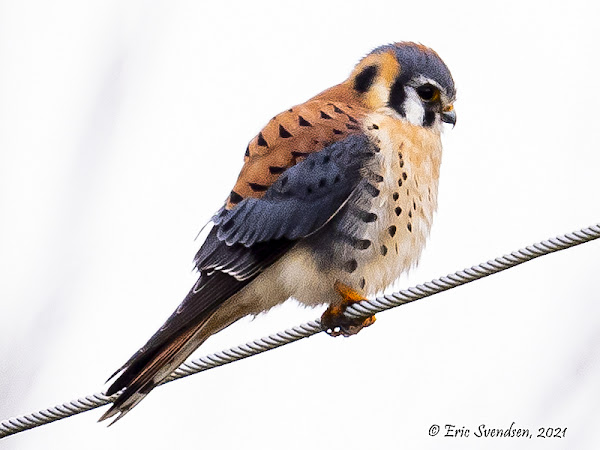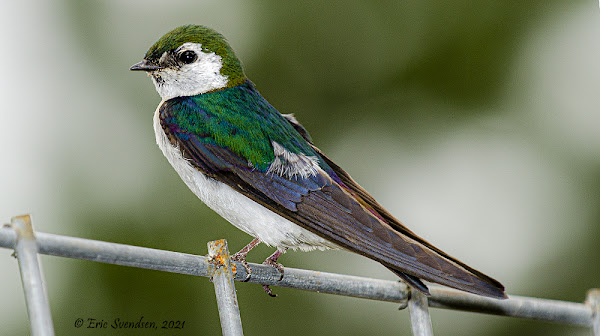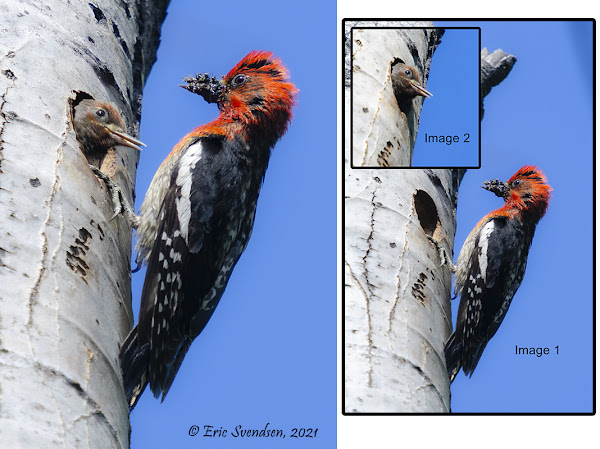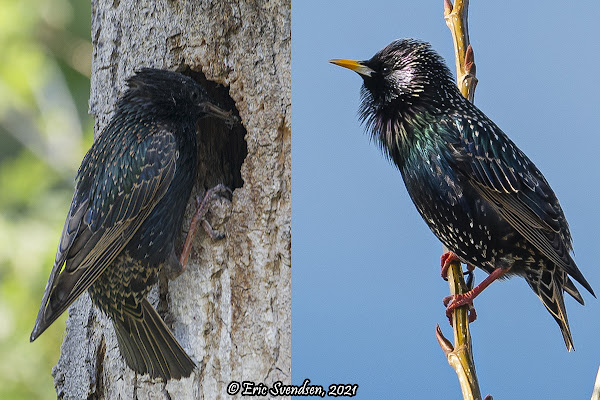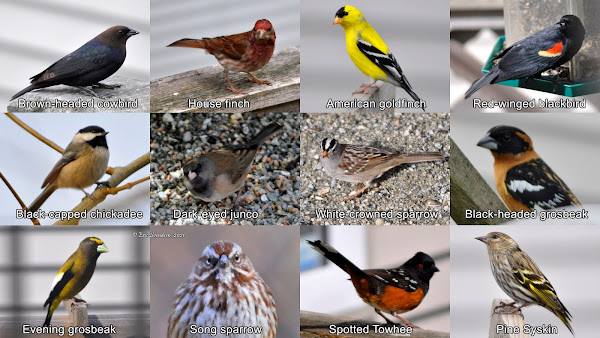Ichnumid wasp, species unknown

Wasps belong to the insect order Hymenoptera. Many people associate painful stings with this group. Wasps are not all bad insects. They don't all sting or bite, and many of them are tremendously beneficial. There are over 17,000 species of wasp worldwide; most of them do not produce mud or paper nests and do not have complicated social hierarchies. In fact, most wasp species are solitary, won't or can't sting, and are harmless. The trouble I have with them is in identification. Have a look at the insect shown in the above photo. It is a wasp, but what kind? In the US and Canada there are over 4,000 species. There are the social insects such as wasps and hornets. There are solitary wasps that feed on nectar and pollen as adults and parasitize insects as larvae. Then there are the horntails and sawflies that add to the challenge of identification. I first thought the wasp was a type of Odontocolon, but the ovipositor (the long, curved end projecting off







